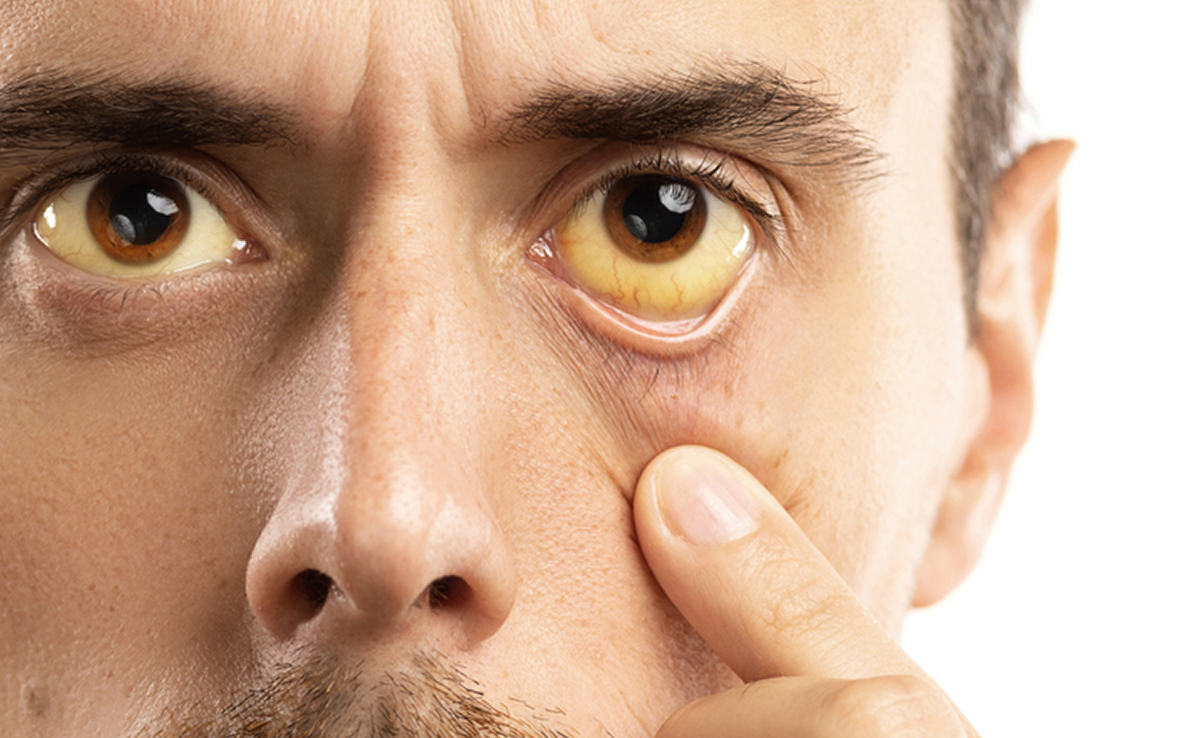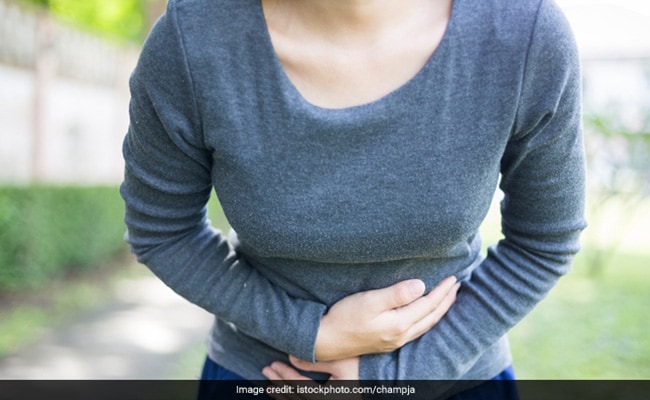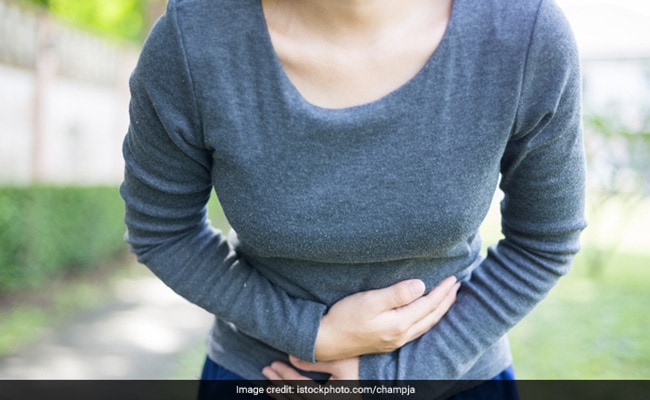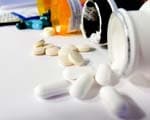Gallbladder stones
What is it?
Gallstones are hard, pebble-like deposits that form inside the gallbladder. Gallstones may be as small as a grain of sand or as large as a golf ball, depending on how long they have been forming. Gallstones can vary in size from a grain of sand to a golf ball. They can develop as just one large stone, hundreds of tiny stones, or in almost any combination. These are found in the gall bladder.
What are the causes?
The causes of gallstones vary. Some stones are formed when there is too much cholesterol or bilirubin in the bile. Bile is a liquid that helps the body digest fats. Other stones form if there are not enough bile salts or if the gallbladder fails to empty properly.Gallstones are a common health problem worldwide. They are more common in women and people over the age of 40. Other risk factors include ethnic and hereditary factors, obesity, diabetes, liver cirrhosis, long-term intravenous nutrition, and some operations for peptic ulcers.Other contributory factors include obesity, excess oestrogen hormone, cholesterol-lowering drugs, diabetes, rapid weight loss and fasting.
What are the symptoms?
Gallstones often have no symptoms and are usually discovered by a routine x-ray, surgery, or autopsy.Gallstones may not cause any symptoms in most cases and should be ignored except in certain situations, for example, in populations where gall bladder cancer is frequent. They only cause problems in about one-fifth of the affected people. Symptoms usually start after a large stone blocks the cystic duct or the common bile duct. The cystic duct drains the gallbladder, and the common bile duct is the main duct draining into the duodenum. Together, these ducts form part of the biliary system.Symptoms of gallstones are often called a gallstone ‘attack’ because they occur suddenly. A typical attack causes a steady, severe pain in the upper abdomen that increases rapidly along with nausea or vomiting and pain in the back between the shoulder blades and under the right shoulder. Attacks often follow fatty meals, and may occur during the night. Other gallstone symptoms include abdominal bloating, repeated intolerance of fats, colic, belching, gas and indigestion. However, these symptoms are common in the general population also and are not usually due to gallstones. People who also have sweating, chills, fever, yellowish colour of the skin or whites of the eyes and clay-coloured stools should see a doctor immediately.
Also read: Gallbladder stones: Symptoms and Causes
How is the diagnosis made?

Gallstones are easily diagnosed in symptomatic cases, but may also show up on an X-ray or ultrasound done for some other reason. A plain X-ray of the abdomen will show a gallstone only if it contains calcium. Special tests for gallstones include the special X-rays (Cholecystogram), ultrasound scanning and Endoscopic Retrograde Cholangio-Pancreatography (ERCP). In an ERCP, a dye is injected into the bile ducts via an endoscope and this may show the gallstone blocking the bile duct. Magnetic resonance cholangio - pancreatography (MRCP) is a non - invasive method but it is only available in specialised centres. Blood tests will help to look for infection, jaundice, obstruction and pancreatitis.
What is the treatment?
If there are no symptoms then no treatment is required in general. In patients with gallstones and associated symptoms the treatment choice is to remove the gallbladder (cholecystectomy). A cholecystectomy can be performed by using an open incision or, if possible, by a key- hole/laparoscopic method. A very small number of patients are suitable to have their gallstones gradually dissolved with medication but this is a slow and expensive method and the stones often return when the treatment is stopped. In some cases, lithotripsy can be used - this uses shock waves to shatter gallstones to make them small enough to be treated by medication. However, its application is limited if there are a large number of stones present, if the stones are very large, or in the presence of acute cholecystitis or cholangitis.
What are the prevention?
There is no known way to prevent gallstones. If you have gallstone symptoms, eating a low-fat diet and losing weight may help you control symptoms.
Related: Here's the best diet to follow post a gallbladder removal surgery
Gallbladder stones News More News
- Chinese Woman Skips Breakfast For 8 Years, Develops 200 Gallstones
- Long-time statin users and low gallstone risk
- Gallstones risk factor for colon tumours
- Magnesium intake lowers gallstone risk
- High-iron diet raises gallstone risk
- Fruits and vegetables reduce gallstone risk
- Unsaturated fats cut gallstones risk
Gallbladder stones Videos More Videos
FAQ Related to Gallbladder stones
- Is it possible to conceive a baby after a sex change operation?
- Is it possible to conceive a baby after a sex change operation?
- Am I getting correct treatment for peripheral neuropathy?
- What are the latest kidney transplantation techniques?
- What is the right treatment for varicosities in the leg?
- Am I suffering from any disease?
................... Advertisement ...................
................... Advertisement ...................
................... Advertisement ...................
................... Advertisement ...................























